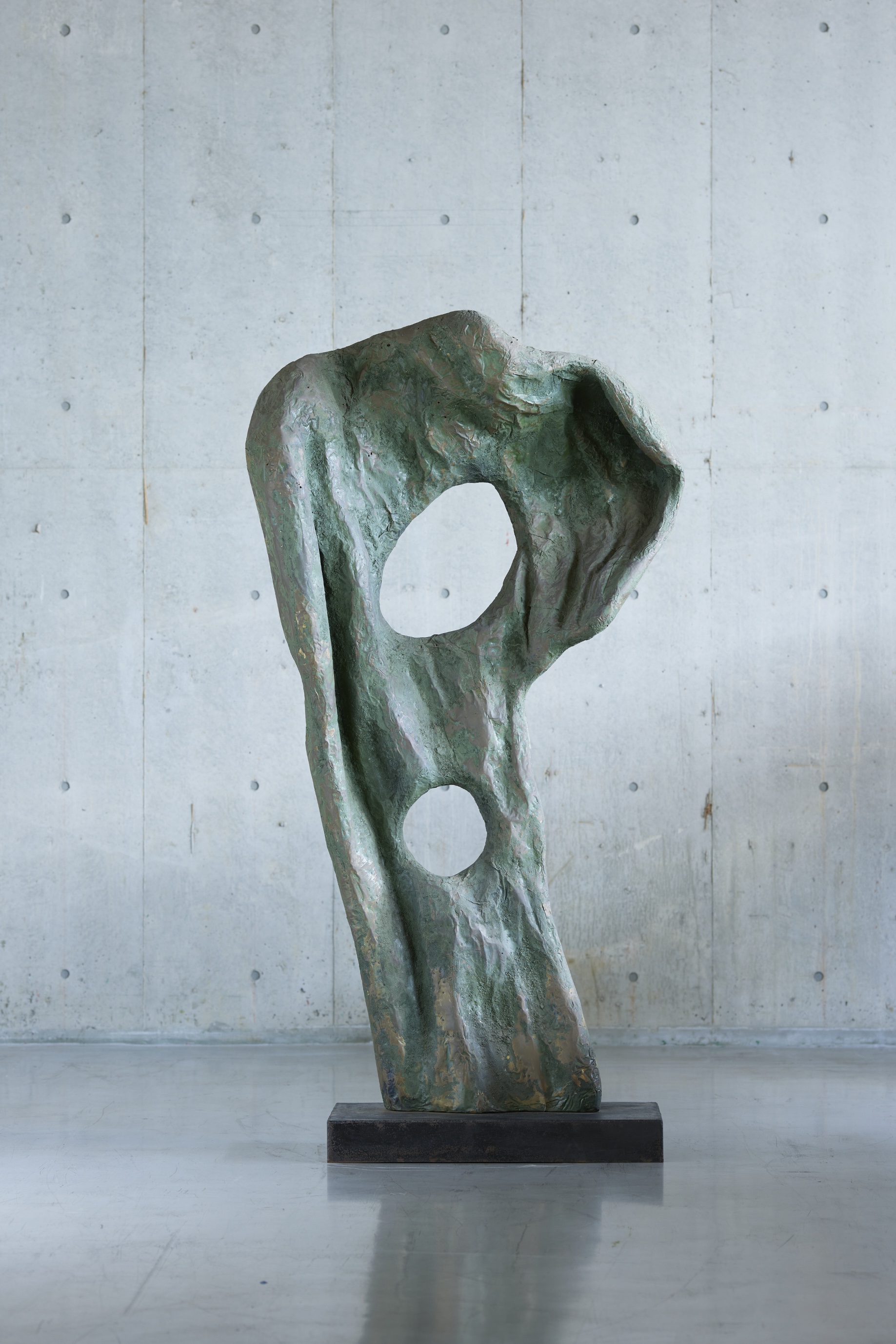
Sofu Teshigahara
1900–1979
ART WEEK TOKYO | NOVEMBER 2–5, 2023
SECTION 08
In 1876, in the midst of the modernization and social reform campaigns of the Meiji era (1868–1912), Vincenzo Ragusa came to Japan to teach at the newly established national art school in Tokyo, the Technical Art School. Following his arrival, the method of making bronze casts based on plaster models quickly spread throughout the country. This style of sculpture was diametrically opposed to the wood carving practices of Japan’s religious and ornamental traditions. For sculptors, the choice between working in metal or wood was inevitably a choice between modernity or tradition, movement or detail, individuality or religion, monumentality or ornamentation. Kotaro Takamura, active from the turn of the century, was among the few who worked in both materials, but he expressed completely different things in each and there is no strong indication of his seeking to transcend those differences. It was really only after World War II that artists like Shigeru Ueki and Tomonori Toyofuku began attempting to make geometric, constructive sculptures with wood.
The one artist who saw a completely new possibility for sculpture was Sofu Teshigahara. Trained in the ikebana tradition, Teshigahara was already calling for the incorporation of new materials aside from flowers and plants into ikebana practice prior to the war. And then, in the 1950s, he hit upon his three-dimensional works in which he covered large tree-trunk-like objects with thin sheets of metal (cat. no. 52). He had found a way to make metal and wood work together.